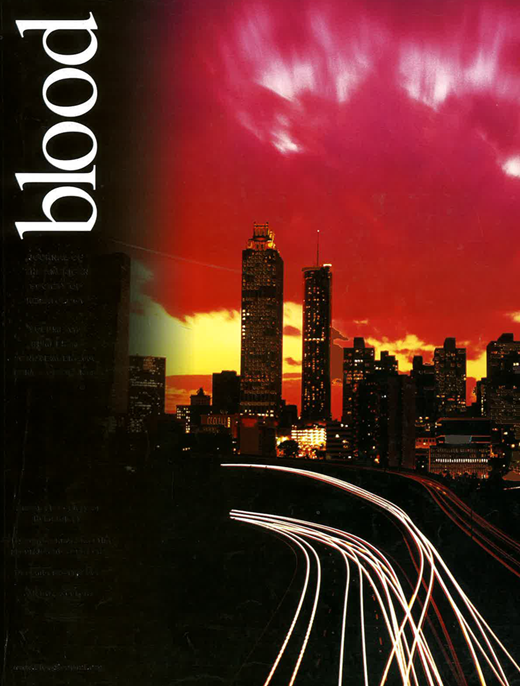Abstract
Bortezomib (Velcade) has demonstrated highest single agent response rates in anti-myeloma therapy. There is no data from preclinical studies to suggest that resistance develops from repeated treatment with bortezomib. It was therefore of interest to investigate, whether repeated bortezomib treatment is safe, feasible and efficient. Here, we have retrospectively collected data from multiple myeloma patients who had previously responded to bortezomib (previous bortezomib treatment), presented with relapsed disease and who received bortezomib for a second time (retreatment). Treatment and retreatment had been on discretion of the physician according to prescribing information, and no diagnostic or therapeutic instructions were given during the course of this multicenter non-interventional survey (26866138MMY4014). Data from from a total of 15 centers and 65 patients were obtained: these patients had all received bortezomib and were eligible for safety analyses. Sixteen patients had to be excluded due to major protocol violations, leaving 49 patients for the modified intention to treat population. Patients had a median age of 66 years and had been treated with a median of 4 prior therapies before receiving bortezomib for the first time. Median cycle number for previous bortezomib therapy and retreatment was 5 and 4, respectively. The majority of patients (85.7%) received doses of 1.3 mg/m2 body surface area. Concomitant dexamethasone was given in 38.8% of patients with previous bortezomib treatment, and in 62.2% with retreatment. Six patients (12.2%) received various anti-myeloma therapies between bortezomib treatment and retreatment. Efficacy data is summarized below, revealing very encouraging responses and similar response durations for previous bortezomib therapy and retreatment.
Thirty-three (50.8%) patients experienced a total of 109 adverse drug reactions (ADRs). Three (4.6%) patients experienced a total of 12 life-threatening or disabling ADRs and six (9.2%) experienced 13 severe ADRs (related to bortezomib = 6 SADRs). By the end of the documentation period, 21 patients had died (32.8%). This retrospective survey suggests that the safety profile of bortezomib retreatment is in line with the current SmPC of Velcade and that high remission rates can be achieved. It remains to be shown if these bortezomib retreatment results can be repeated in prospective trials and larger patient cohorts.
| . | Previous bortezomib treatment . | Retreatment . |
|---|---|---|
| Overall response rate | 100% (per protocol) | 63.3% |
| Complete remission rate | 12.2% | 10.2% |
| Time to response (median) | 3.2 months | 3.0 months |
| Duration of response (median) | 6.3 months | 4.5 months |
| Treatment free interval (median) | 6.6 months | 4.1 months |
| Time to progression (median) | 10.9 months | 6.7 months |
| . | Previous bortezomib treatment . | Retreatment . |
|---|---|---|
| Overall response rate | 100% (per protocol) | 63.3% |
| Complete remission rate | 12.2% | 10.2% |
| Time to response (median) | 3.2 months | 3.0 months |
| Duration of response (median) | 6.3 months | 4.5 months |
| Treatment free interval (median) | 6.6 months | 4.1 months |
| Time to progression (median) | 10.9 months | 6.7 months |
Author notes
Disclosure:Employment: Kornacker, Gann, Pliskat: Employees of Janssen-Cilag. Honoraria Information: Emmerich: Speakers honorarium from Ortho Biotech.

